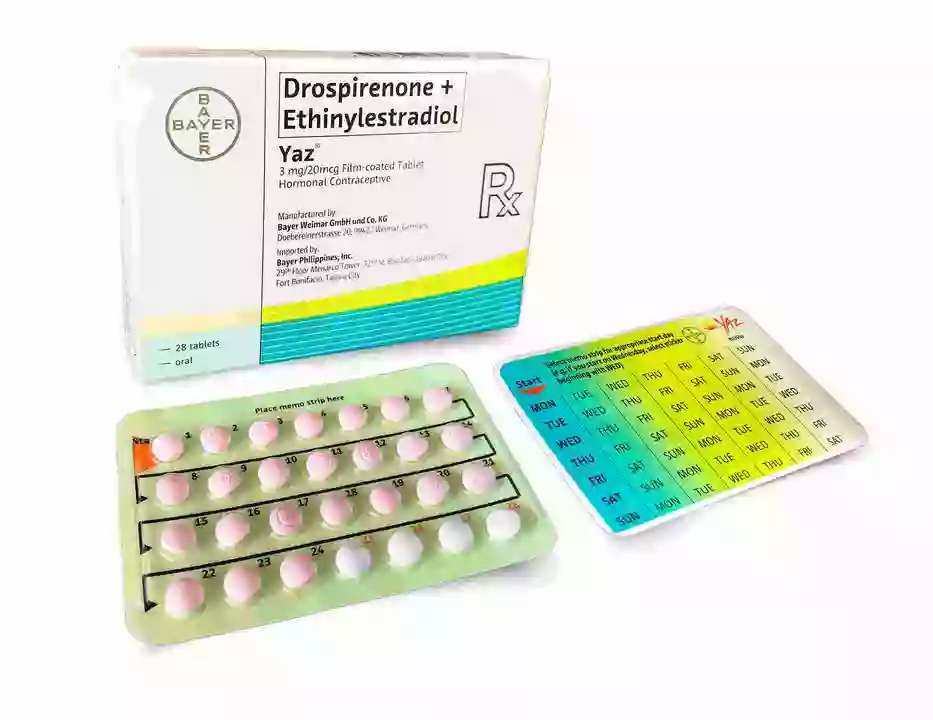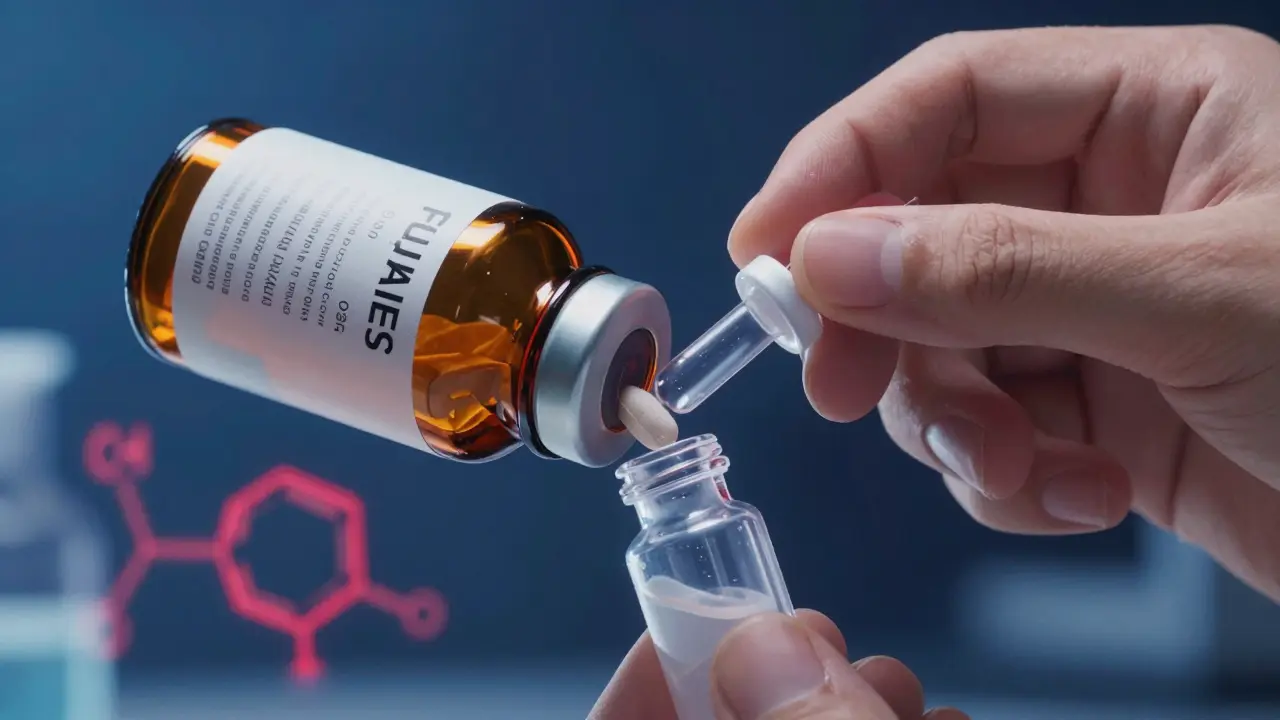Hormonal contraception explained: practical, clear choices for people deciding on birth control and how it fits life right now today.
You can pick pills, rings, patches, injections, implants, or IUDs depending on preferences, health, and long term plans and budget. IUDs and implants are the most effective reversible methods and they work without daily attention for years. Pills, patches, and rings need regular use but offer flexible control and easier removal when pregnancy is planned, by choice. Effectiveness depends on typical use, and missing doses lowers protection for pills, patches, and rings more than long acting methods. Combined hormonal methods contain estrogen and progestin while progestin-only options remove estrogen, which suits some medical situations such as breastfeeding.
Common side effects and safety
Common side effects include spotting, nausea, breast tenderness, and temporary mood changes, which usually settle after a few months. Serious risks like blood clots are rare but increase with smoking, age over thirty five, or certain medical histories too. Talk openly with a clinician about migraines, blood pressure, and family clot history before choosing combined hormonal methods for safety. If you take other medicines, check interactions because some drugs and herbal products reduce hormonal contraception effectiveness ask your pharmacist. Starting methods vary: many start pills on first cycle day while clinicians allow immediate start with seven days backup sometimes.
Quick tips and next steps
Keep simple records of bleeding and mood during the first three months to help your provider assess tolerability and options. Urgent symptoms like sudden chest pain, difficulty breathing, severe leg pain, or sudden vision changes need immediate medical attention today. Condoms protect against sexually transmitted infections while also providing extra pregnancy protection when used with hormonal methods in typical use. Cost and access matter: ask about generic options, insurance coverage, or clinic programs to lower out of pocket expenses today. Breastfeeding often favors progestin-only methods because they do not reduce milk supply and carry lower risks for infants or newborns. If you plan pregnancy soon, pick a method that allows quick return to fertility such as pills or patch options. Talk about mood changes openly; if a method worsens your mental health, consider switching or adjusting with clinical support soon. Pharmacists can advise on interactions, proper storage, and missed dose steps, and they often help start contraception conversations quickly too. Use reliable sources and clinic guidance instead of social media myths; ask direct questions about risks and benefits you need. Switching methods is common and safe when guided by a provider who will advise timing, backup use, and monitoring steps. For teenagers, clinicians often recommend long acting reversible methods because they remove daily adherence and remain highly effective and safe. Keep follow up appointments for blood pressure checks and side effect reviews, especially after starting combined hormonal options and questions. If you are unsure, ask for a method trial or temporary option while you decide so you feel informed today. Want personalized help? Speak with your doctor or pharmacist to match a hormonal method to your health, life, and plans.
How Ethinylestradiol BP Works to Prevent Pregnancy
Ethinylestradiol BP is a fascinating hormone that plays a crucial role in preventing pregnancy. As a synthetic estrogen, it works primarily by inhibiting ovulation, ensuring that no eggs are released to be fertilized. Alongside this, it also thickens the cervical mucus, making it more difficult for sperm to swim and reach the egg. Additionally, Ethinylestradiol BP alters the lining of the uterus, making it less receptive to a fertilized egg. In essence, this powerful hormone provides multiple layers of protection to prevent pregnancy, making it a reliable choice for contraceptive methods.






